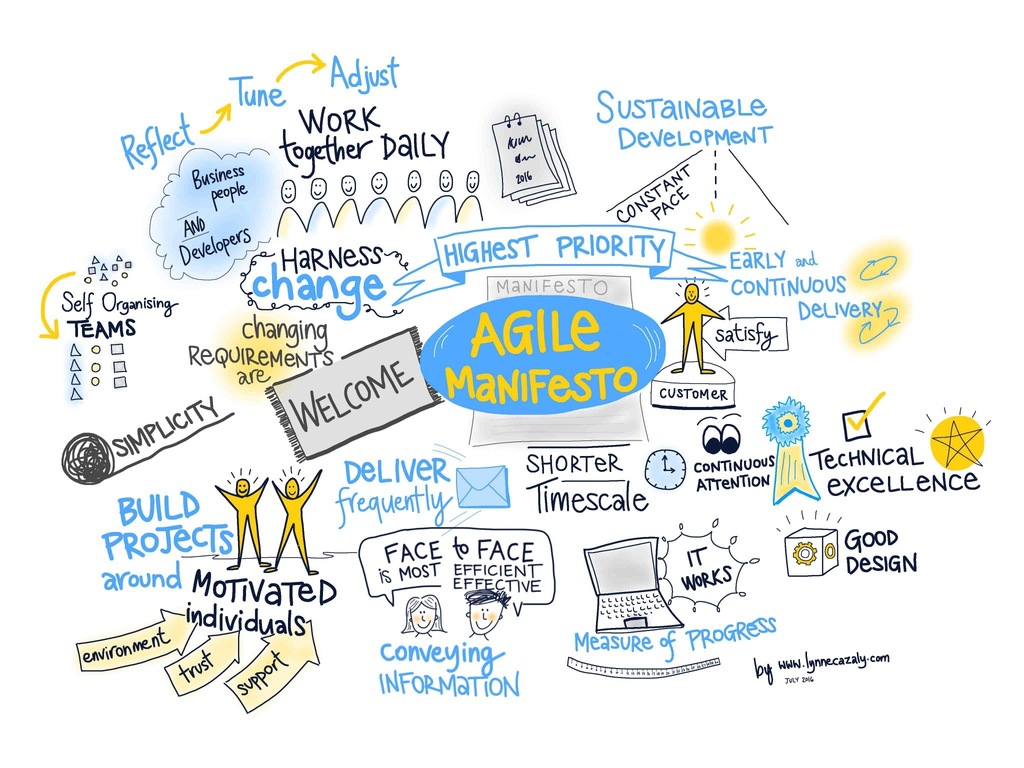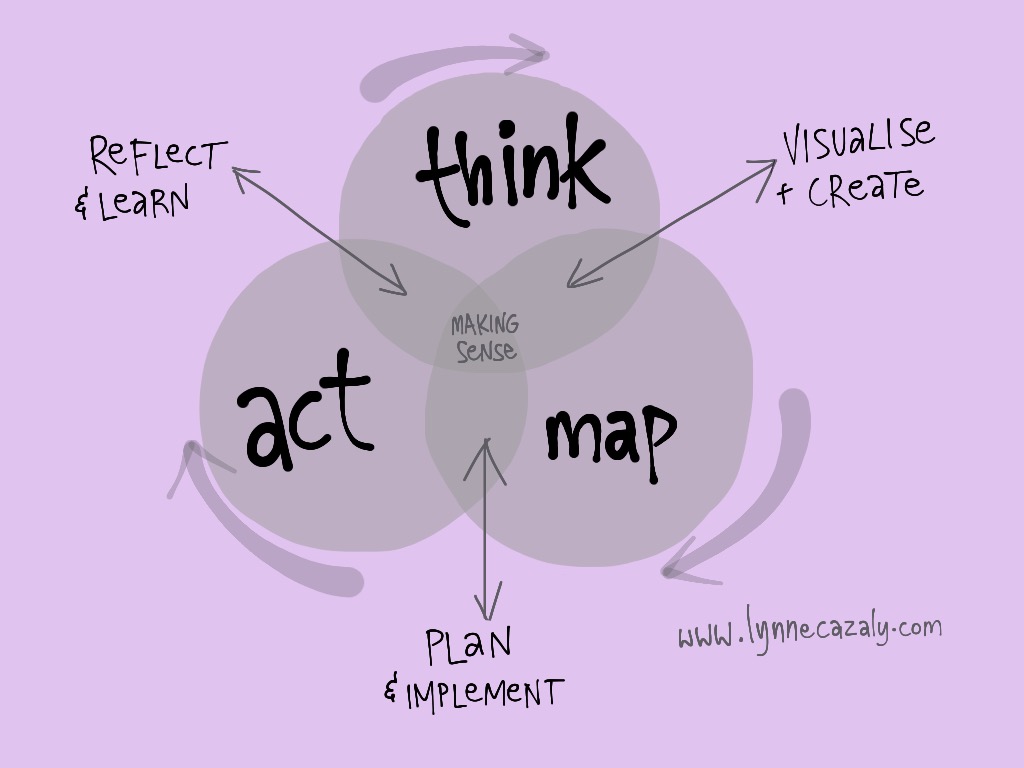It can be entertaining to see how we predict the future. From characters like The Robot on Lost in Space, to any Star Trek episode, we are always imagining into the future and picturing what our world will be like.
Reading Alvin Toffler’s Future Shock or the classic from George Orwell 1984, watching science fiction and thinking of future technology… we’re predicting what it might be like up there, in the future.
Equally entertaining is when we then look back and see where we’ve come from; there may have been plug and cord switchboards for telephones or we hear the old dial up noises that connected us to the earliest versions of the Internet. Or when we see an older film – from the 1940s or 50s or from the 1990s or early 2000s - and see the technology we used to use: big boxy mobile phones with external antennas and battery packs the size of suitcases?
What were we thinking!?
Today we continue to use all that we know and all that we can get our hands and minds on to predict and plan for the future.
How do we make sense of the now to plan for the future?
We are humans and we use sense making.
We make our best guess.
Our discussions, thinking and mapping help us predict and scope, ponder and plan.
And then we look back on it … and sense is made… and often it’s not quite as we thought is might be. We might smile or shake our heads and laugh at what we were thinking then.
But it’s what we knew at the time. We made sense of what we knew at the time.
We proposed scenarios, situations, possibilities and options. We were creative and thought provoking and making our best guess of what the future would be like or what we could do based on what know now.
In the world of work today, for the future of work, we have to keep doing our best to make sense.
The Institute for the Future reckons Sensemaking is the #1 skill and capability for the future, for 2020 and beyond.
We can make sense alone... or together. So when you're alone, how do you deliberately make sense of something?
When you're at a conference or meeting or event and so much data and information is pummelling you, how do you deliberately sensemake?
Then when you're in a team, group or business unit and you're working together on things, how do you all make sense of what's going on... and do it - kind of deliberately?
How do you make sense?
I think you need a tool... no, a handbook of tools. There isn't just one way to make sense. There are many ways.
"Making Sense: A Handbook for the Future of Work" is just that... a handbook.
This is not a book about the future of work; it’s a book that will help you handlethe future of work… whatever it is, whatever happens, however it impacts you.
Making Sense is full of approaches, questions, techniques, tools and models to help you as you respond to what the future has in store - for you, your team, your organisation, industry, country… your world.
It is a tool and a handbook that will help you put your sense making to work. You see, this sense making topic has got some balls, and that's where it can get tricky. It's a capability needed in workplaces and communities today and the irony is that it can be difficult to make sense of making sense.
There’s such a depth of information on the topic of sensemaking; journals, well-researched articles and peer reviewed detailed pieces that go deep, deep, deep on sensemaking. But I don’t think they help us make sense of making sense. Time is of the essence. How do we make sense swiftly? How do we get smart… quick?
Making Sense is my thinking and experience on how I've worked with people, to help them work together to think, map and act… to make sense of whatever is going on in their industry, their organisation, their team - or for themselves.
It’s a book that is about making sense. And no matter what the future holds, no matter what technology comes or what changes are made to the world we live in, we will always be striving to make sense of what’s going on.
We are humans and we use sense making.
 Tuesday, October 4, 2016 at 12:23PM
Tuesday, October 4, 2016 at 12:23PM 





















